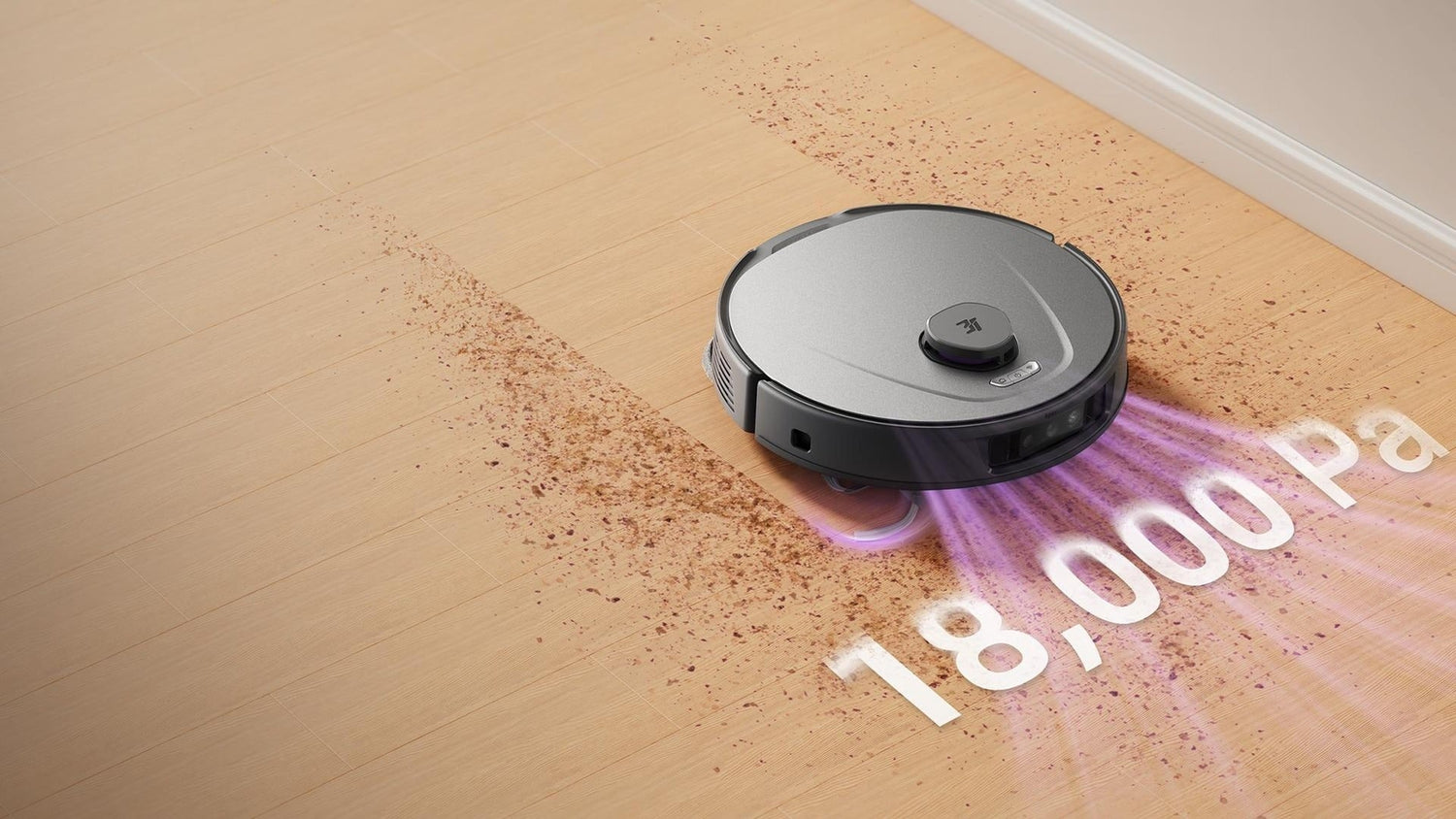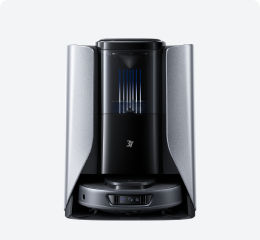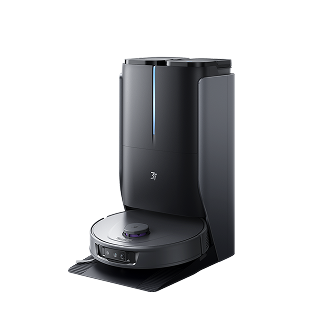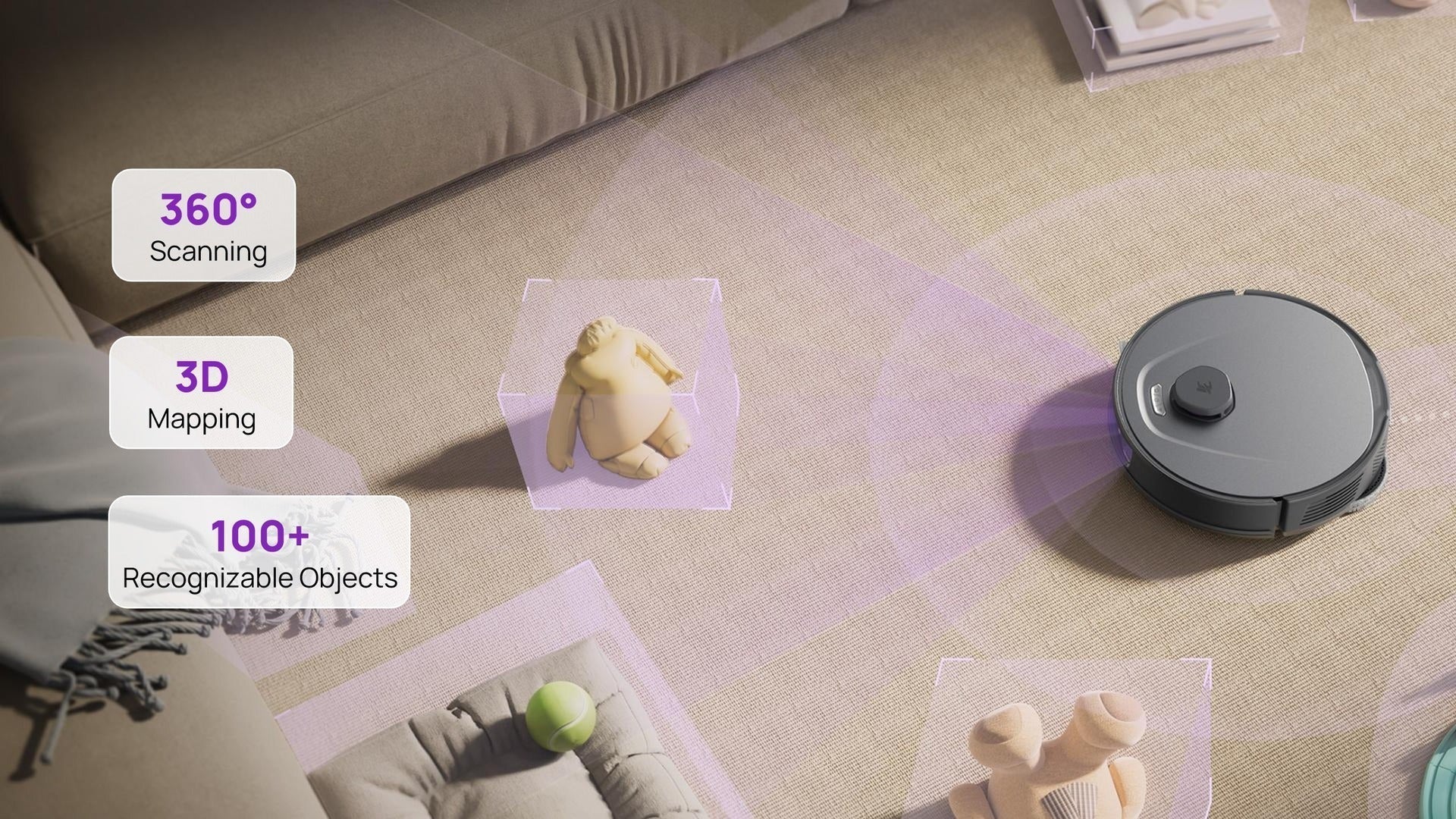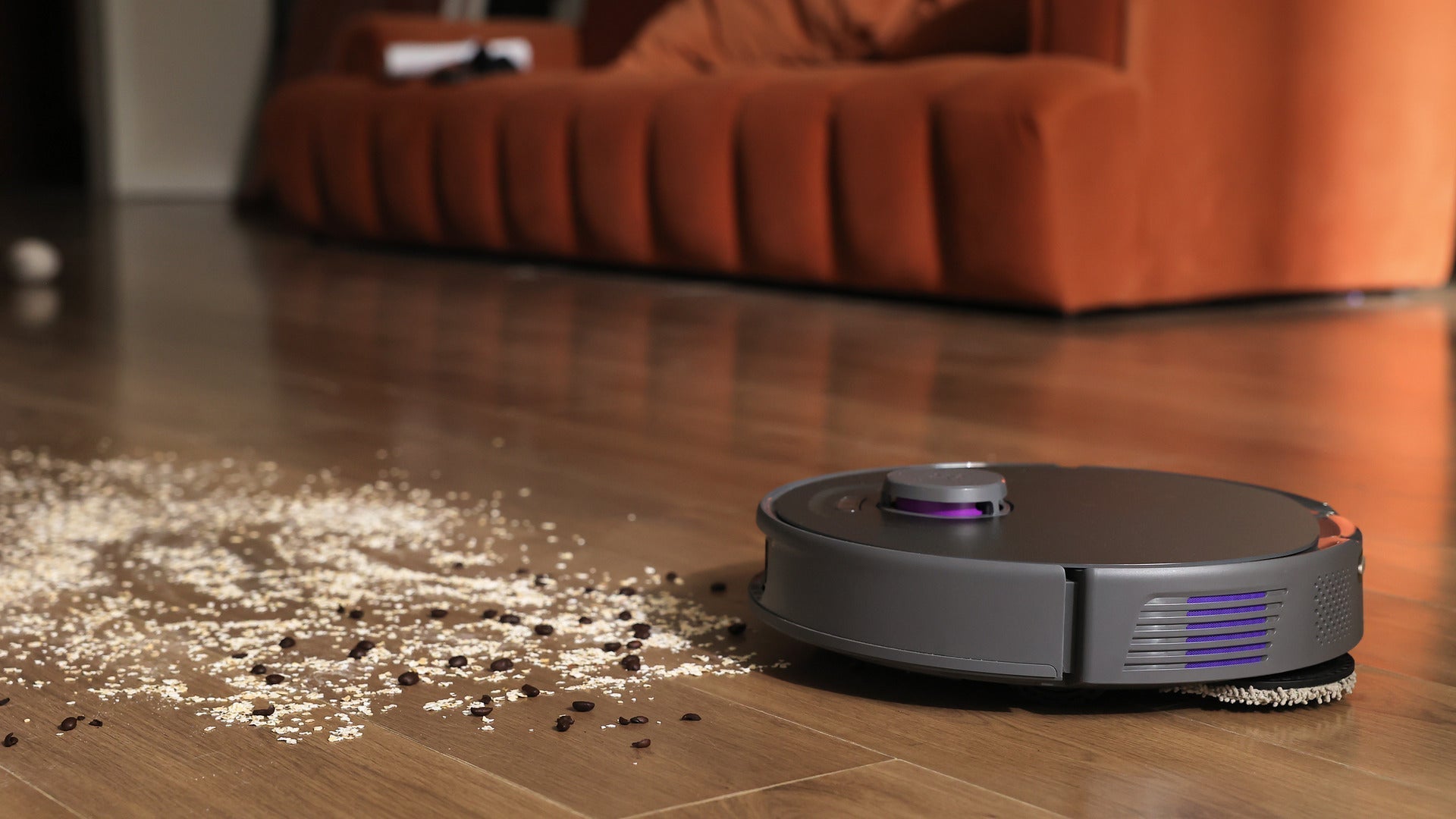Vinyl plank flooring is a popular choice for homeowners due to its durability, water resistance, and stunning resemblance to natural wood. Whether you’ve just installed luxury vinyl planks (LVP) in your home or have had them for years, proper care and maintenance are key to keeping them looking new for decades.
In this comprehensive guide, we’ll show you exactly how to care for and clean vinyl plank flooring, from daily maintenance to deep cleaning tips. Plus, we’ll explore how robot vacuums can simplify your routine and protect your floors from damage.
Why Vinyl Plank Flooring Needs Special Care
Vinyl plank flooring is tough, but not invincible. Its top wear layer is designed to resist scratches, stains, and water damage, but improper cleaning techniques or abrasive tools can still dull its shine or leave permanent marks.
By learning the right way to care for your vinyl flooring, you’ll:
- Preserve its finish and color
- Prevent scuffs, dents, and wear
- Prolong its lifespan
- Keep your home looking clean and fresh
How to Clean Vinyl Floors
Daily Maintenance for Vinyl Plank Flooring
1. Sweep or Vacuum Daily
Dirt and grit can act like sandpaper on vinyl flooring. Over time, even tiny particles can cause micro-scratches on the surface. That’s why daily sweeping or vacuuming is essential.
Best practices:
- Use a soft-bristle broom or a vacuum without a beater bar.
- Make sure to reach under furniture and around baseboards.
- Avoid vacuums with stiff brush rolls or rotating bristles, as they can scratch vinyl.
2. Wipe Up Spills Immediately
Vinyl plank flooring is water-resistant, but pooling liquids can seep between planks or leave residue behind. Clean spills quickly using a damp microfiber cloth or mop.
Avoid letting spills dry, especially if they contain sugar or acidic substances like juice, which can dull the surface.
Weekly or Biweekly Cleaning
1. Damp Mop with Gentle Cleaners
Once or twice a week, mop your floors to remove sticky residue and fine dust.
Do:
- Use a damp (not soaking wet) microfiber mop.
- Choose a pH-neutral floor cleaner specifically made for vinyl flooring.
- Mix a solution of warm water with a small amount of gentle dish soap if you prefer DIY methods.
Don’t:
- Avoid using bleach, ammonia, or harsh chemical cleaners.
- Skip oil-based or wax cleaners, because they can make your floor slippery and attract more dirt.
2. Rinse if Necessary
If you’ve used a soapy cleaner, follow up with a damp mop rinsed in clean water to remove any film or residue.
Monthly or Seasonal Deep Cleaning
While daily and weekly maintenance keeps your floors clean, a deep clean every month or so can bring back their natural luster.
1. Use Specialized Vinyl Floor Cleaners
These are designed to break down grease and grime without damaging the wear layer. Brands like Bona, Rejuvenate, and Zep offer vinyl-safe solutions.
2. Focus on High-Traffic Areas
Entrances, hallways, and kitchens usually need more attention. You can gently scrub these areas using a soft nylon brush or non-abrasive pad.
What to Avoid When Cleaning Vinyl Plank Flooring
Even with the best intentions, some cleaning methods can damage vinyl flooring. Here’s what not to do:
- No steam mops: The intense heat and moisture can loosen adhesives and warp planks.
- No abrasive tools: Steel wool, scouring pads, or stiff brushes can scratch the surface.
- No wax or polish: Vinyl doesn’t need waxing, and most have a built-in sheen.
- No solvent-based cleaners: These can erode the wear layer and fade the floor’s color.
Preventative Care Tips
Keeping vinyl plank flooring clean isn’t just about removing dirt, it’s also about reducing wear and tear.
1. Use Doormats
Place mats at all entryways to trap dirt and moisture before it reaches your floors.
2. Add Felt Pads to Furniture
Chairs, tables, and other furniture can scratch or dent vinyl when moved. Use felt pads under all legs and avoid dragging furniture.
3. Trim Pet Nails
If you have pets, keep their nails trimmed to prevent scratching, especially in high-energy zones like hallways or play areas.
4. Protect from Sunlight
Prolonged UV exposure can fade vinyl flooring. Use blinds, curtains, or UV-resistant window film to protect your floors in sunny rooms.
Automate Your Cleaning Routine with Robot Vacuums
Why Robot Vacuums Are Best Cleaner for Vinyl Floors
If you’re looking for a low-maintenance way to keep vinyl floors clean, a robot vacuum can be a game changer. These smart devices are ideal for vinyl plank flooring because they:
- Gently remove dust and debris without abrasive brushes
- Avoid water pooling, which is important for water-resistant (not waterproof) flooring
- Run on schedules, ensuring your floors stay consistently clean
- Are typically lightweight, so they don’t dent or damage your flooring
What to Look for in a Robot Vacuum for Vinyl Floors
Not all robot vacuums are created equal. Choose one with:
- Rubber or soft brush rollers (instead of bristle brushes)
- Strong suction with adjustable power settings
- Edge-cleaning capability to reach baseboards
- Low clearance height to clean under furniture
- Mopping functionality with controlled water release (optional but handy)
💡 Pro Tip: Look for robot vacuums with vinyl-floor-safe mopping features. These models use microfiber cloths and adjustable water levels to prevent moisture damage.
Check out this blog on comparing common mop pads:
Flat Mops vs Spin Mops vs Roller Mops
Best Cleaner for Vinyl Floors
Some popular options to consider:
1. 3i P10 Ultra:

UltraReach™ Mop for Edge-to-Edge Shine: Auto-extending mop hugs baseboards, corners, and edges with precision, perfect for vinyl plank floors that show dust along seams.
Dual 220 RPM High-Speed Spin Mops: Always-damp dual mop pads spin fast to remove sticky residue and stubborn stains, with three water levels to choose from.
18,000 Pa Suction for Deep Cleaning: With over 2x the suction of standard robot vacuums, it picks up fine dust, pet hair, and larger debris without scratching delicate vinyl surfaces.
Smart Carpet Detection + Mop Lifting: Automatically lifts the mop when on carpet to prevent wetting, ensuring only vinyl and hard floors are mopped.
Hands-Free All-in-One Base Station: Enjoy auto mop washing with hot water, hot air drying, detergent refills, and dust bin emptying. No mess, no effort, always ready.
2. Roborock Q Revo: Self-emptying and excellent at handling hard floors.
3. iRobot Roomba j7+: Combines vacuuming and mopping with obstacle detection.
Final Thoughts
Vinyl plank flooring offers the best of both worlds: beauty and resilience. By following a simple cleaning schedule and using the right tools, including robot vacuums, you can enjoy spotless, damage-free floors for years to come.
Regular maintenance, prompt spill cleanup, and gentle cleaning solutions are your best allies. And with a robot vacuum doing the daily work, you’ll have more time to enjoy your beautifully maintained home.
FAQ
Q: Can you use a steam mop on vinyl plank flooring?
A: No. Steam mops can damage vinyl by forcing moisture into seams and loosening adhesives. Stick with a damp mop instead.
Q: What is the best cleaner for vinyl plank flooring?
A: A pH-neutral vinyl floor cleaner or a mild dish soap and warm water mixture is ideal. Avoid ammonia, bleach, or oil-based products.
Q: How often should I clean vinyl plank floors?
A: Sweep or vacuum daily, damp mop weekly, and deep clean monthly. Frequency can vary depending on foot traffic and household conditions.
Q: Are robot vacuums safe for vinyl flooring?
A: Yes, most robot vacuums are safe if they use rubber rollers or soft bristles. Avoid models with aggressive brushes or excessive water output.
Q: How do I remove scuff marks from vinyl floors?
A: Use a soft cloth and a bit of baking soda or a melamine foam pad (like a Magic Eraser). Gently rub until the mark disappears.
Q: What’s the best way to clean vinyl floors with pets?
A: Use a robot vacuum daily to handle fur and dander. Wipe up any accidents immediately with a pet-safe cleaner and a damp cloth.



